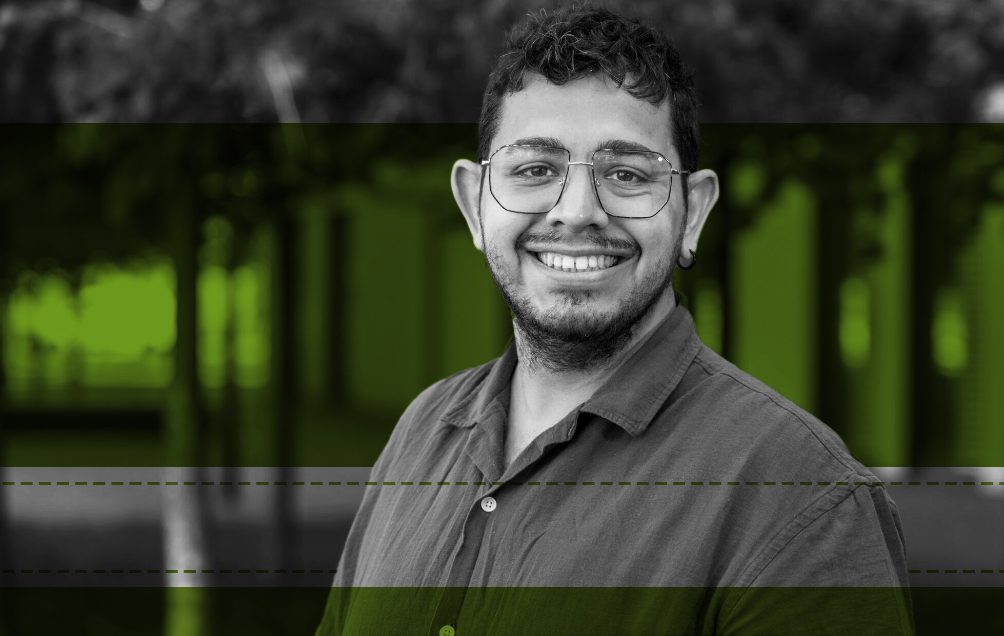Heidelberg, 12 October 2018 – Marie-Steph Aschtgen, a postdoc in Birgitta Henriques-Normark’s lab at the Karolinska Institute in Sweden, studies Klebsiella pneumoniae, one of the more severe antibiotic-resistant and hypervirulent pathogens found in hospitals. Microbiologist Aschtgen works on virulence factors, the arsenal of weaponry that bacteria use to subvert or elude host defences. Specifically, she is interested in a molecular machine called the type 6 secretion system (T6SS), which forces bacterial proteins into neighbouring cells, using a phage-like injection system.
Finding a biofilm expert
While T6SS has an important function in host-pathogen interactions, it’s also a major player in inter-bacterial relationships. Bacteria normally like to live in biofilms, slimy layers of mixed microbial communities that are resistant to stresses such as antibiotics. Therapeutic targeting to break up biofilms is a much-discussed topic at present, so Aschtgen was intrigued to discover that one of her clinical isolates of K. pneumoniae had a T6SS mutant that prevented biofilm formation. However, there was a problem: her home lab at the Karolinska Institute had no expertise in biofilm work.
Fortunately, Aschtgen’s supervisor had a solution. Henriques-Normark is a visiting professor in Singapore, and put Aschtgen in touch with Scott Rice at Nanyang Technical University. His lab is entirely devoted to biofilm development, and he was happy to help her with her experiments. “Scott has an awesome microscopy facility and grows bacteria in biofilm conditions, which we couldn’t do in Sweden”, says Aschtgen. But visiting Singapore was going to be very expensive, she realised: “I needed to spend at least a month in his lab, so I applied for an EMBO Short Term Fellowship.”
Aschtgen had the added complication of being a new mother, but she simply solved that problem by bringing her partner and eight month-old daughter with her. The EMBO Fellowship paid for her flight and accommodation, and the apartment she found turned out to be perfect for the family. As Aschtgen recalls “it was a nice place to be – bigger than what we have in Sweden!”
From one-off project to long-term collaboration
Rice’s lab went out of their way to help Aschtgen: “The lab were really welcoming,” she says. “I didn’t expect to be able to get through all the experiments we’d planned, but Scott assigned a PhD student and post-doc to help me, and they were fantastic. I was able to work almost from day one.” She also did some networking, setting up meetings with faculty with complementary interests, although as she confesses, “I’m not at all outgoing and I had to force myself a bit! But after the first ten minutes it was fine – we got into the science and I forgot about everything else.”
As with all good projects, Aschtgen’s lab work didn’t turn out quite as expected: her clinically isolated T6SS mutant bugs were indeed miserably bad at forming biofilms in monoculture, but when mixed with different types of bacteria, they actually performed better, outcompeting the other species when compared with the Rice lab’s environmental isolates of K. pneumoniae. One of Rice’s PhD students is now working on the project, too, and Aschtgen plans to return this December, helped by further funding from EMBO.
Aschtgen thinks the short-term fellowship was a vital component of the project’s success: “Because of the fellowship, it’s become a real collaboration that will continue for a long time. I don’t know if that would have been possible otherwise.”



